
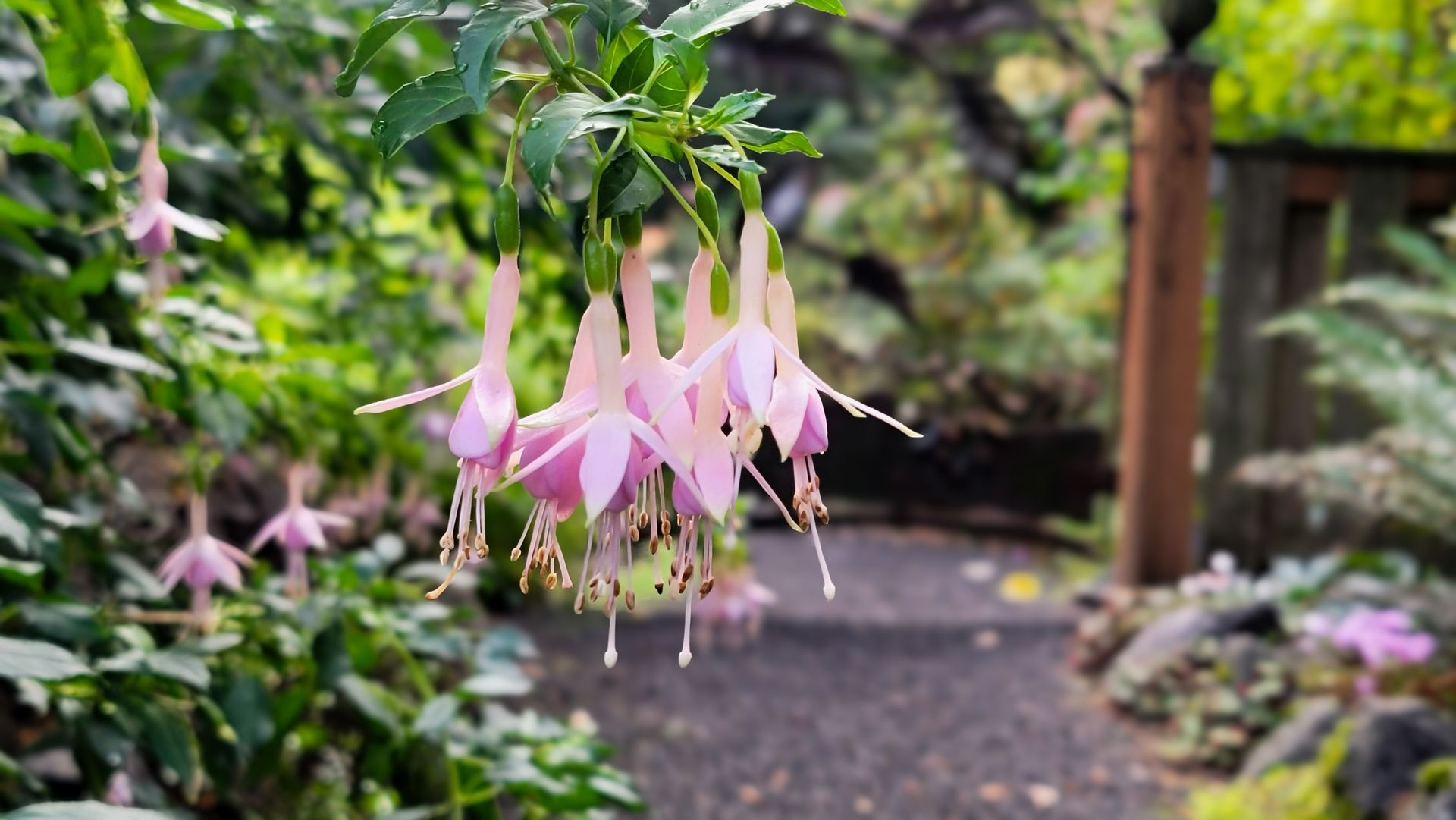
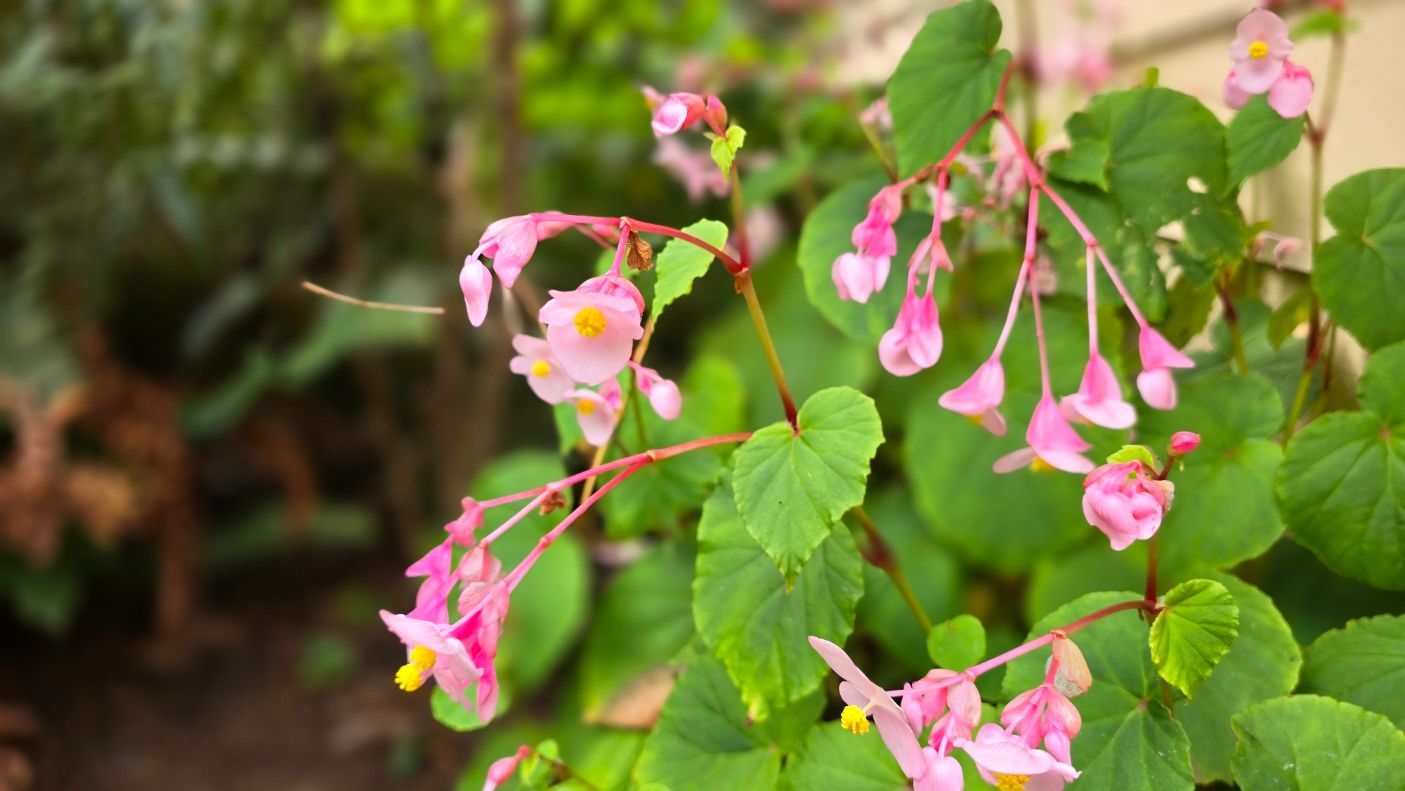
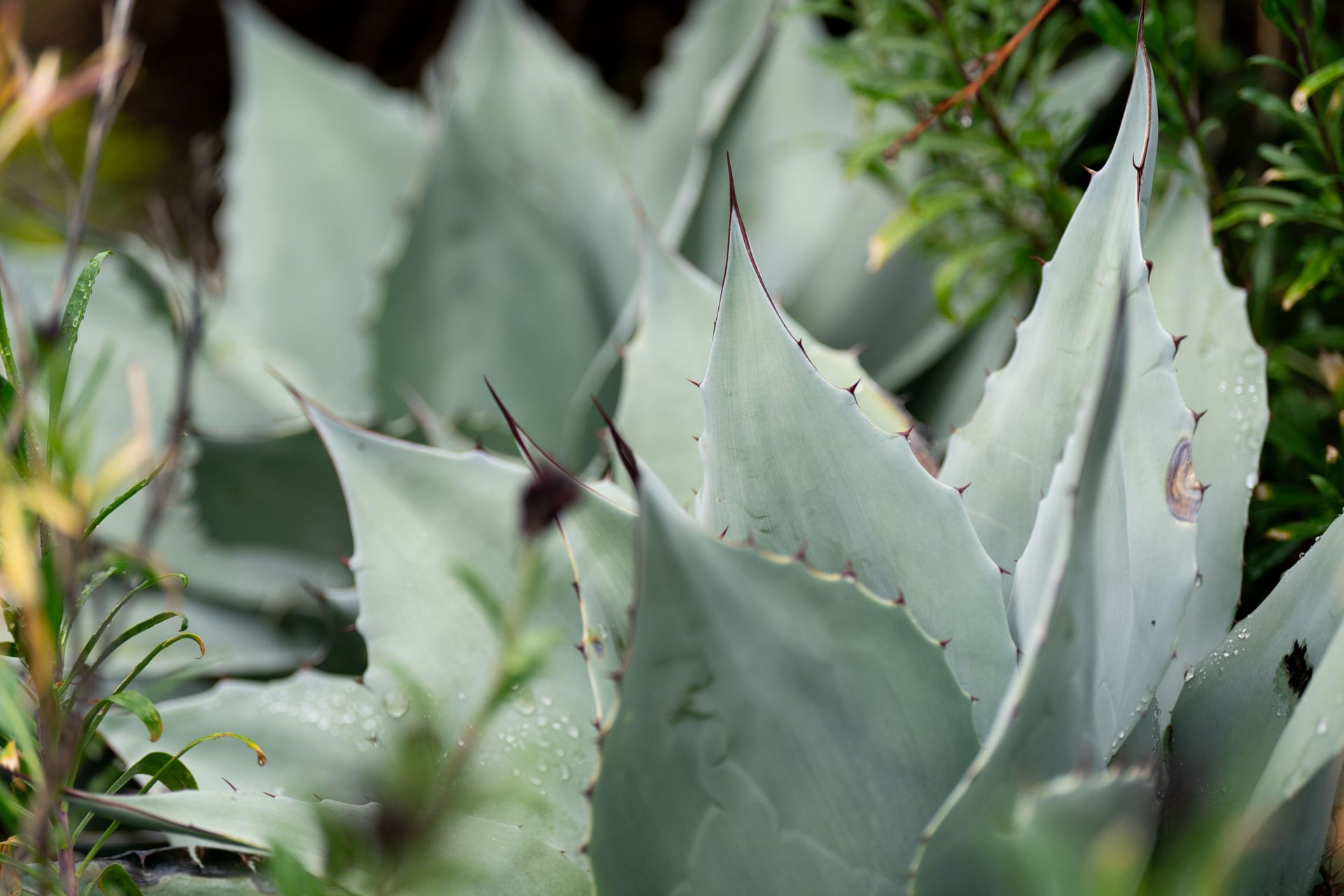
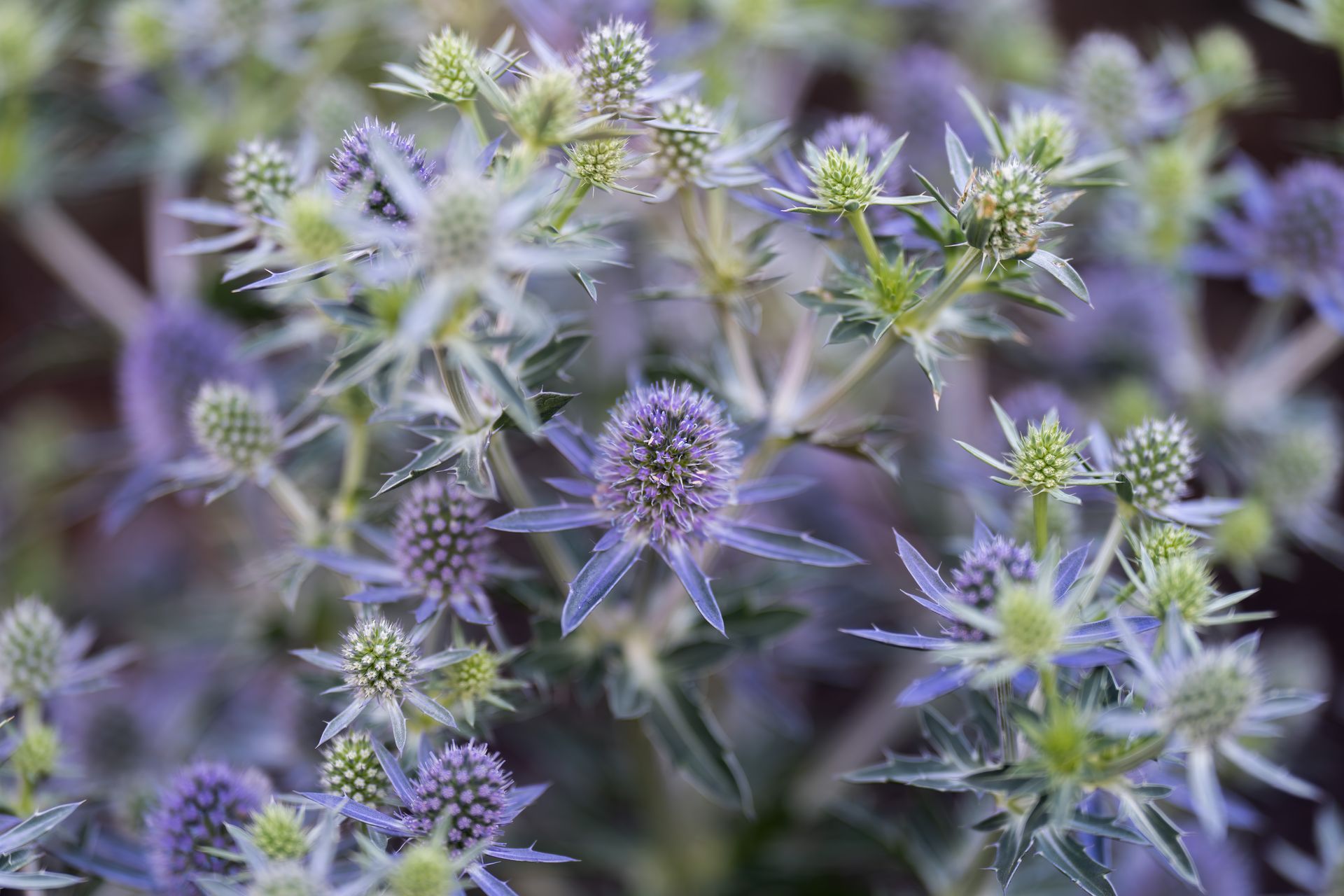




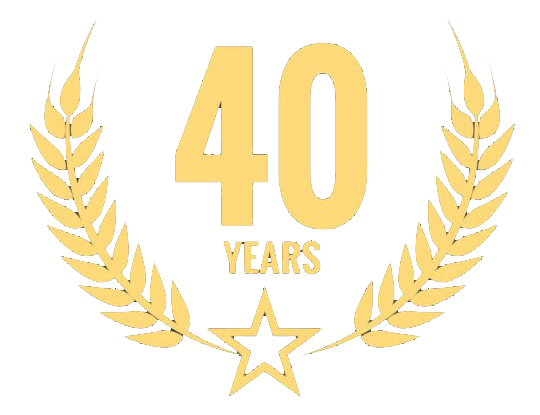

After the spots of cold weather we had this winter since the turn of the year, I hope that March lessens this winter’s cold grip on us. Remember: if you see damage to your broadleaf evergreens, do NOT cut them back now, wait until they begin to bud out in the spring! You may find that they do need to be cut to the ground, but they may simply need to grow new foliage along the stems and on the tips! The beginning of Spring is about 20 days away, so I am hopeful that we have no more disastrous freezes!
Here are some tips and tricks for the month of March:
· This is what I think of as the best time to purchase perennial plants at my local nursery. Currently, many of the perennials are in small, 4” containers and are ready to grow. Instead of waiting for those same plants to grow at the nursery, it’s better to purchase them now and let them grow in my landscape, rather than wait until they are larger before purchasing and ending up needing to pay more! This logic also goes for shrubs and trees. Right now, is the time to get the best value for your purchase. If you wait till it is warm and sunny, and the plants are blooming in their pots, the prices will increase, and you will miss the early bird choices and possibilities! So, go now to your favorite local nursery! Cornell Farms, Gardner’s choice, Xera, Cistus, and Bosky Dell are some that I check out regularly!
· It is important, if you have not already done so, to quickly prune off any of last year’s ugly brown foliage left on your perennial plants. It is good to do that now before the new sprouts begin to pop out of the ground! I am still working on it here!
· I am continuing to weed to prevent any of them from going to seed! I always pull out any weeds which are getting close to going to seed first. Seriously, if you weed now, before they go to seed and make their babies, your summer weeding will be so much easier! (And, if you are going to use a pre-emergent weed control, now is a good time - just please be careful when using this sort of thing!!)
· I continue to bait for slugs!
· March is the last good month for transplanting. Try to do it soon, before the plants begin to sprout. If a plant is sprouting a lot, it might be best to leave it alone and wait for next fall to move it.
· I wait to prune my spring-flowering shrubs until the blossoms fade, and then I only prune them if they really need it.
· I trim or shear winter-blooming heathers when the bloom period is finished, that is usually later in March. This keeps them nice and tight and full.
· Now is the time to cut off all my Western Sword Fern’s fronds to clean them up and get them ready to unfurl all their new fronds. I focus mainly on the ferns that I can see along a path or from a window. Obviously, if you own a woodsy section, you will not want to trim all your ferns in the woods! No one does it out in the forest, this action is for the fern to look good. It does not affect their health!
· I fertilize rhododendrons, camellias, and azaleas with compost or (only if necessary) I use an acid-type fertilizer (an indicator is that the leaves are yellow).
· I spread mulch over the garden and landscape areas which didn’t get mulched well enough so that there is bare ground showing. Bare ground is an invitation for weeds!
· Lawn-mowing begins sometime in March, so I set my blade at the lowest setting that I am comfortable with: ¾”-1” for bent grass lawns; set blade 1 1/2” to 2 ½” for fine fescue and ryegrasses - I set it as low as I can without permanently damaging the lawn. It will look very shorn after I do this, and it might take me three tries to get it cut down to the level that I want. The grass will also be wet and green, so if you do that, try to avoid clogging up or killing your lawn mower! I also do not leave the clumps on the grass this month as I know that it will create brown spots. I throw the clumps into the beds or into the composter.
· This is the time for the first 2024 application of lawn fertilizer (after the first mowing). My preference is an organic fertilizer (non-petrochemical; suggested 16-5-5).
· I Fertilize my cane berries with manure/compost (if a natural fertilizer, I suggest 10-10-10). I Prune out the dead wood on my Raspberries, Blueberries and Gooseberries to keep them from getting too big, then I spread wood shavings, and as needed, manure/compost.









Oregon landscape business license: #6111